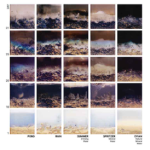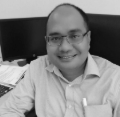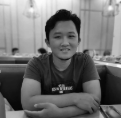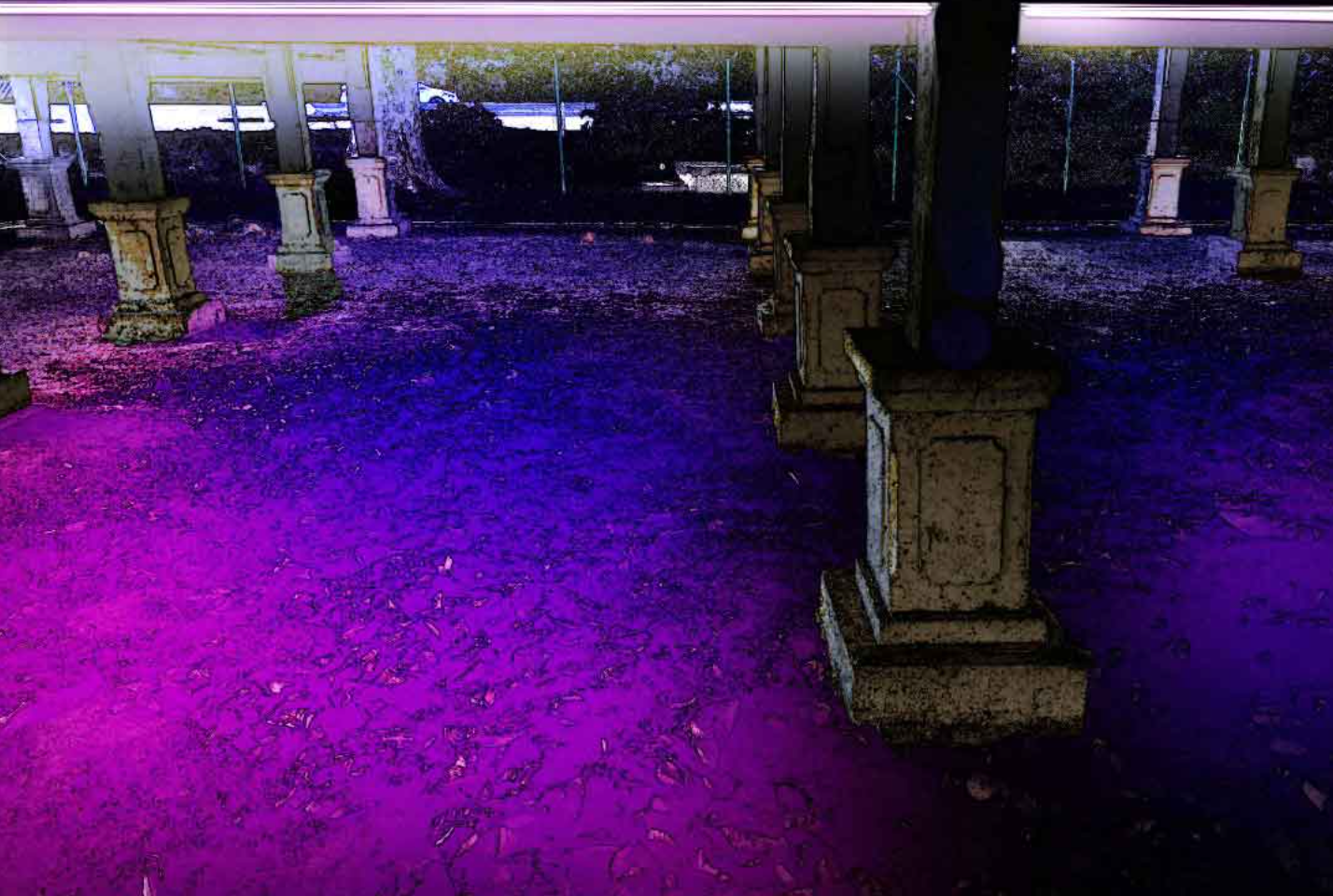
Before Your Very Eyes

Before Your Very Eyes
Digital-Tropical: Breathing the Waves
Dr. Hanif Baharin
En. Muhammad Hafiz Mastro
En. Nasir Baharuddin
Digital-Tropical: Breathing the Waves is inspired by a data science project which involves the collection of wave height data from Tioman Island. Wave height was recorded every hour of each day, for two years, starting from January 2013 to December 2014. The aim of the data science research was to find out the patterns of the waves for renewable energy generation. The data collected was analysed using Self Organising Map (SOM) data clustering technique (Nohuddin, Zainol, & Amir, 2018).
Digital-Tropical: Breathing the Waves explores how humans can design and use technologies that are in-sync with nature instead of adopting the paradigm of overcoming or conquering nature through technology. Prior to the modern era, humans do not have the sophisticated scientific knowledge to alter nature in a way that we can do today. So, they made do with the satisficing solutions at hand, and one way of doing so was to design their world to be in harmony with nature, or to use design that ‘work-around’ nature. Traditional tropical architecture is the embodiment of this design. Traditional tropical houses were designed to enable its occupants to live with flooding and improves air circulation in the hot and humid tropical climate. These houses do not permanently change the natural environment and were made from parts which can be reusable and moveable.
Our work highlights the architecture of Istana Puteri Bongsu at Taman Pantun UKM that made it suitable for the tropical climate. Adopting the vision and artistic approach of Tangible Bits by Hiroshi Ishii (Ishii, 2019), instead of sensing the world in real time, this work represents historical data of oceanic wave heights by using lights which illuminate the underside of a traditional tropical home. The area under the house is lit up using LED strips so that it is visible to the public at night. The brightness of the blue light from the LED corresponds to the oceanic wave heights data – the higher the wave the brighter the LED. The change of brightness of the light under the house is timed to mimic slow human breathing to invoke calmness through sensorial experience.
The backbone of our process is transdisciplinary discourse, adopting the ‘visual and discourse’ methodology used by Nature’s Yield and Wonders of Art (NYAWA) exhibition developed by Nasir Baharuddin (Baharuddin, Salehuddin, Zaman, & Noor, 2018). The four main processes of this methodology are amplifying thought through a concept development by acknowledging the process of thinking and ideas, sharing consciousness as collaborative processes, seeding the structure for self-organizing systems in order to plant the system of values between self and others, and by making metaphors to build new understanding from knowledge process that produce meanings.
The conception of our work is the result of three face-to-face discourse sessions with experts from various disciplinary backgrounds (art, architecture, engineering, data science, interaction design, and human-computer interaction). First, the data scientist presented her findings from her research on collecting wave heights data. Then the experts discussed about the aspects of the research from the lens of their respective disciplines by discussing issues, problems, opportunities that are related to aspects of the research. The discourse among us and the experts continued throughout the project via a social messenger app.
Our philosophy is the emphasise on meanings over forms. Our visual and discourse methodology focuses on meanings before identifying visual linguistic and representational mechanisms, thus allowing multiple interpretations of meanings through various disciplinary lens. Each of the experts involved in the discourse came out with an article about the work through the lens of their respective disciplines. Thus, our work truly demonstrates how art and science are not a dichotomy, but both are a part of a continuous whole. Digital-Tropical is not merely an artistic representation of scientific data, but a cohesion of various transdisciplinary worldviews of extended possibilities, of new meanings which acts as a catalyst for further explorations and discourses.
Once we have decided on the meanings our work could bring forth, led by an experienced artist our group, previous artworks were analysed (visual discourse) and the final form the work emerged - a site-specific art installation. The articles produced by our experts touched on these topics: wave data trend cluster analysis for renewable energy generation, physical computing as data visualisation, sensorial experience of the natural aesthetics, the therapeutic effect of fractal geometry in Malay woodcarving motifs, and deconstructing tradition as the enlightenment of technology between cultural wisdoms.
Therefore, in our work, the wave data becomes an agency of operational as a timeless construction between history of memories and the fact of nature, where with new digital/analog it makes the construction of reality becomes ‘public reality’ as an observing system. In addition, the situation of the subject spark new language of interpretation freedom, in which public will start to wonder about the space of old and new to observe and individualise the construction of reality, wondering about the event as new structural identity to its location, and creating an awareness of situation to an environment of interaction in shifting ecological subjectivities. This sense of subjectivities suggests the grammatical subject and object of this expression and suggests the environmental link or influence on the interchangeable tropical surroundings interwoven with the cosmic.
References: Baharuddin, M., Salehuddin, A., Zaman, F., & Noor, A. S. M. (2018). The Convergence of Art and Sciences in Digital Age: Some Perspectives from Nyawa Exhibition in Malaysia. In Proceeding of the 5th International Conference on Arts and Humanities. TIIKM Publishing. https://doi.org/10.17501/23572744.2018.5106 Ishii, H. (2019). SIGCHI Lifetime Research Award Talk. https://doi.org/10.1145/3290607.3313769 Nohuddin, P. N. E., Zainol, Z., & Amir, M. A. U. (2018). Trend Cluster Analysis of Wave Data for Renewable Energy. Advanced Science Letters, 24(2).







